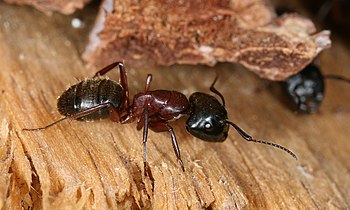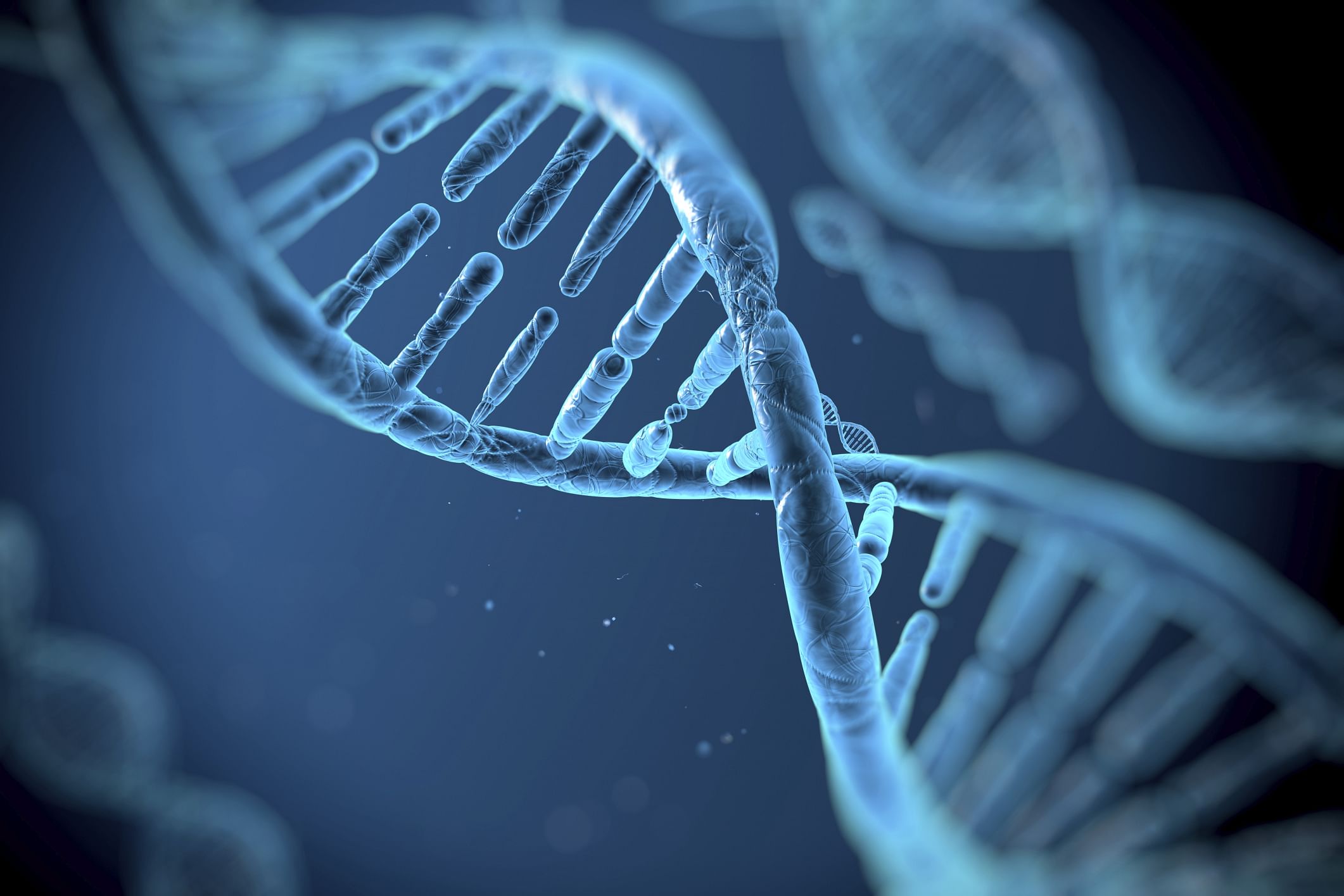The usage of the terms such as ‘DNA‘ and ‘genes‘ has exploded in recent years and is commonly used to denote characteristics and traits in people, features of products and even as lyrics for a song. The theory of genetics that genes assign traits to individuals has been rooted so deeply into our psyche, that we fail to see the other side of the story completely. The role of the environment in shaping how our genes function is a fact that is unheard by many people and is something I would like to shed a little light on in this post.
 |
| A Carpenter ant (Camponotus ligniperda) (Photo credit: Wikipedia) |
The colony of a carpenter ant consists of a queen, her brood and several thousands of workers. We know that all worker ants are genetically the same but are given different tasks in their colonies. There is no exception in carpenter ants as well, where smaller ants or minors are assigned the task of taking care of the young and forage for food, whereas the larger ants or majors defend the colony. Using drugs that affect acetylation of histone proteins (Histone deacetylases or HDAC, the researchers saw an increase in scouting and foraging activity in minor ants. Thus, lower the acetylation, larger was foraging activity seen in the ants. Conversely, this increased foraging could be dropped by using a inhibitor of histone acetyltransferase (HATi).
 |
| Diagram showing behavioral differences in major and minor carpenter ants when treated with HATi and HDACs. Image credit: Simola et al., 2016. doi:10.1126/science.aac6633 |
If you would like to read more of these interesting stories from the world of science, subscribe to our blog and we will send you an email every time we post something new and interesting. Alternatively, you can follow us on social media such as Facebook, Twitter or Google Plus!
Reference:
Simola DF, Graham RJ, Brady CM, Enzmann BL, Desplan C, Ray A, Zwiebel LJ, Bonasio R, Reinberg D, Liebig J, & Berger SL (2016). Epigenetic (re)programming of caste-specific behavior in the ant Camponotus floridanus. Science (New York, N.Y.), 351 (6268) PMID: 26722000



